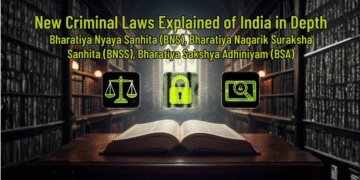Interestingly, there is so much to know and learn. Every day we end up learning something new. As a part of our education, we have learned so many things. However, still, we need to know so many things in various fields. Further, as a part IAS exam syllabus, today in this article, we have covered all information related to what Parboiled Rice meaning, boiled rice, and kuchalakki rice. To get the best results in the exam, one must cover all essential topics. Therefore, let’s begin and learn all details.
What is Parboiled Rice Meaning
Have you ever been taught which is the best rice concerning nutrients? As we all know, most Indians consume rice as a staple food. However, many rice varieties differ in color, flavor, and nutritional value. It also comes with nutrients and potent plant compounds. Further, this article let us know about the Parboiled Rice.
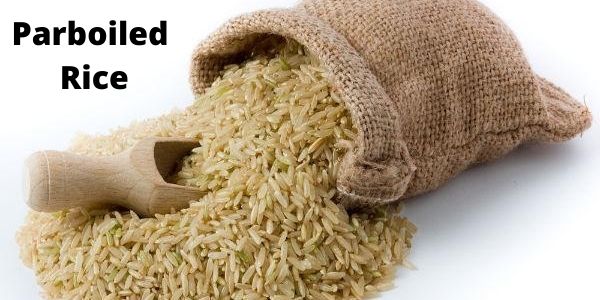
To begin with, Parboiled rice (kuchalakki rice) is also known as converted rice. It is the partially precooked rice that has been common in Asian and African countries for several years. Further, it contains three main steps soaking, steaming, and drying. These steps make the rice easier to prepare by hand. Visit here to get all details related to the Rice. Know More. Then, Parboiled rice is similar to brown rice and comes with some nutrients.
- Soaking – Raw, unhusked rice, also called paddy rice, is soaked in warm water to increase the moisture content.
- Steaming – The rice is boiled until the starch converts into a gel. The heat of this process helps kill bacteria and microbes.
- Lastly, Drying – The rice is slowly dried to reduce the moisture content so that it can be milled.
Quick walkthrough – IAS Exam
If you read this article, you are probably preparing for the IAS exam. As it contains a vast syllabus, you are at the right place. Clearing the IAS exam for sure is not an easy task, as we have seen many people applying for the exam for years. However, a few were able to clear the exam. One needs to understand the exam requirements before applying for the exam.
Then, the preparation for the IAS exam is a long process. First, one needs to know the exam syllabus and the paper pattern. Further, give mock tests and test series to understand question patterns. In addition, go through the previous year’s question paper. We have covered all information related to the UPSC exam. Know More.
Nutrients Present in Kuchalakki Rice
A 155-gram cup serving of parboiled long-grain white rice contains the below nutrients
- Calories: 194
- Fat: 0.5 grams
- Carbohydrates: 41 grams
- Fiber: 1 gram
- Protein: 5 gram
- Energy: 370 kcal
- Water: 9.82 g
- Iron: 9% 1.16 mg
- Sodium: 0% 6 mg
- Calcium: 1% 8 mg
- Lastly, Potassium: 5% 219 mg
Process of Kuchalakki Rice
Further, now let us know how the processing happens.
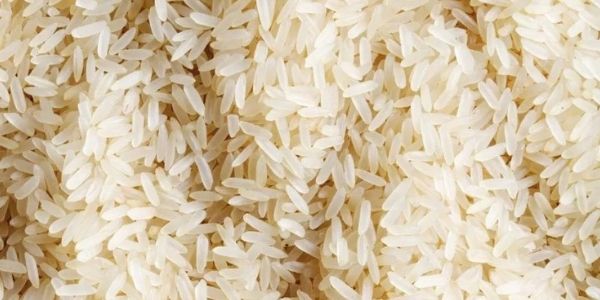
- In the first place, the starches in the rice become gelatinized and retrograde after cooling.
- With gelatinization, molecules will come out of the starch granule network and diffuse into the surrounding medium.
- Cooling helps with retrogradation, whereby amylose molecules re-associate with each other and form a tightly packed structure.
- Lastly, Parboiled rice may take less time to cook, be firmer, and be less sticky.
Further, in older methods, they used to clean paddy rice in cold water for 36 – 38 hours to give it a 30–35 moisture content%. After that, it was put into parboiling equipment with fresh cold water and boiled until it began to split.
In the Hazenlaub process, British scientist and chemist Francis Heron Rogers invented a form of parboiling, which is more of the nutrients in rice.
In modern methods, rice is soaked in hot water and steamed for boiling, which only takes three hours rather than the twenty hours of traditional methods.
Benefits of Parboiled Rice
Below we have added some benefits of Parboiled Rice. Every type of rice comes with some nutrients; however, if you overconsume probably not good for your health.
- Parboiled Rice reduces the stickiness of rice, so it yields fluffy and separate kernels once cooked. In addition, it also inactivates the enzymes that break down the fat in rice.
- As the process of parboiling involves steaming, starch turns into a gel, and molecules become hard. This helps resist digestion instead of being broken down and absorbed in your small intestine.
- It also helps in blood sugar levels although. Parboiled rice may not raise your blood sugar level because of its resistant starch and slightly higher protein content.
- Further, it helps to improve get health, as it acts as a fertilizer and encourages the growth of healthy bacteria in the gut.
- It reduces Diabetes Symptoms. It is a safer choice for diabetic patients as we have mentioned earlier.
- Lastly, it also changes the molecular level and benefits with you various nutrients.
However, it also comes with some disadvantages. First, it is less nutritious than brown rice. Further, it takes a little longer to cook. While white rice simmers for about 15–20 minutes, parboiled takes 25 minutes.
Parboiled Rice vs. Brown Rice
Further, in the below table, we have added a comparison between parboiled rice, white rice, and brown rice.
| Parboiled Rice | White Rice | Brown Rice | |
| Calories | 194 | 205 | 194 |
| Total fat | 0.5 g | 0.5 g | 1.5 g |
| Total carbs | 41 g | 45 g | 40 g |
| Fiber | 1 g | 0.5 g | 2.5 g |
| Protein | 5 g | 4 g | 4 g |
| Thiamine (V B1) | 10% of the Recommended Dietary Intake | 3% of the Recommended Dietary Intake | 23% of the Recommended Dietary Intake |
| Niacin (V B3) | 23% of the RDI | 4% of the RDI | 25% of the RDI |
| V B6 | 14% of the RDI | 9% of the RDI | 11% of the RDI |
| Vitamin E | 0% of the RDI | 0% of the RDI | 1.8% of the RDI |
| Iron | 2% of the RDI | 2% of the RDI | 5% of the RDI |
| Lastly, Magnesium | 3% of the RDI | 5% of the RDI | 14% of the RDI |
How to choose Boiled Rice?
Further, Parboiled rice is available in bulk and prepackaged. If you are purchasing, prepackage check with the user by date, as the rice contains Parboiled Rice. Further, if you buy in bulk, make sure that bins containing the parboiled rice are covered. In addition, always check that there is no evidence of moisture or debris.
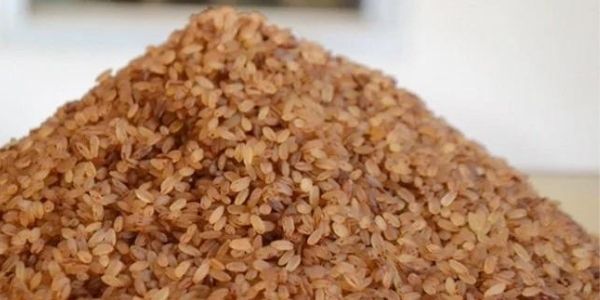
Conclusion – Parboiled Rice
In summary, every rice comes with different colors and flavors, and they also have some advantages and disadvantages. It is also one of the favorites food across the world. This article will give all details related to boiled rice, parboiled rice meaning, kuchalakki rice, and other essential information. Then, know the differences between brown rice, white rice, and Parboiled Rice. Understand the process of making Parboiled Rice. Make a note of vital points and study the same during the exam. Further, along with understanding parboiled rice meaning, know why it is essential for the IAS exam. In addition, click here to get information on other IAS exam study materials. Before anything, for this exam, you must give your all efforts and work hard.
FAQs – Boiled Rice
Go through the below FAQs for more details on the Kuchalakki rice
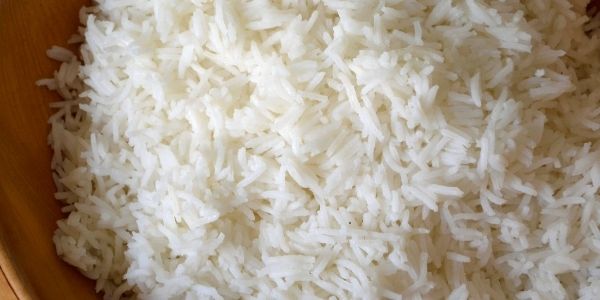
Compared to white rice, parboiled rice has fewer calories, fewer carbohydrates, more fiber, and more protein.
It can be used to cook rice salads, rice bowls, stir-fried dishes such as fried rice, and casseroles like Green Bean Rice.
Brown rice and Parboiled rice as it helps in balancing the blood sugar level.
It gives a more subtle flavor than white rice and more of the original vitamins.
Follow the primary three steps for the IAS exam preparations
1. In the first place, know the exam syllabus and the paper pattern.
2. Further, know which are the best books and read the newspaper daily
3. Practice and Practice. Work hard.
Editor’s Note | Parboiled Rice
In summary, as a part of the UPSC exam study materials, this article offers you the information of the Parboiled Rice meaning. Know how Parboiled Rice is prepared and what are benefits of using Parboiled Rice. Try to visit different platforms to give mock tests, and it will help you understand your skills. Further, one must also practice answer writing and study from the best books available. Then, to get through the IAS exam one must work hard and put in all efforts. It requires years of preparation. If you are dedicated, you can. This exam will not only check with your knowledge but also your dedication towards your goals. Finally, many dream of becoming IAS officer, however only a few make it till the end.

